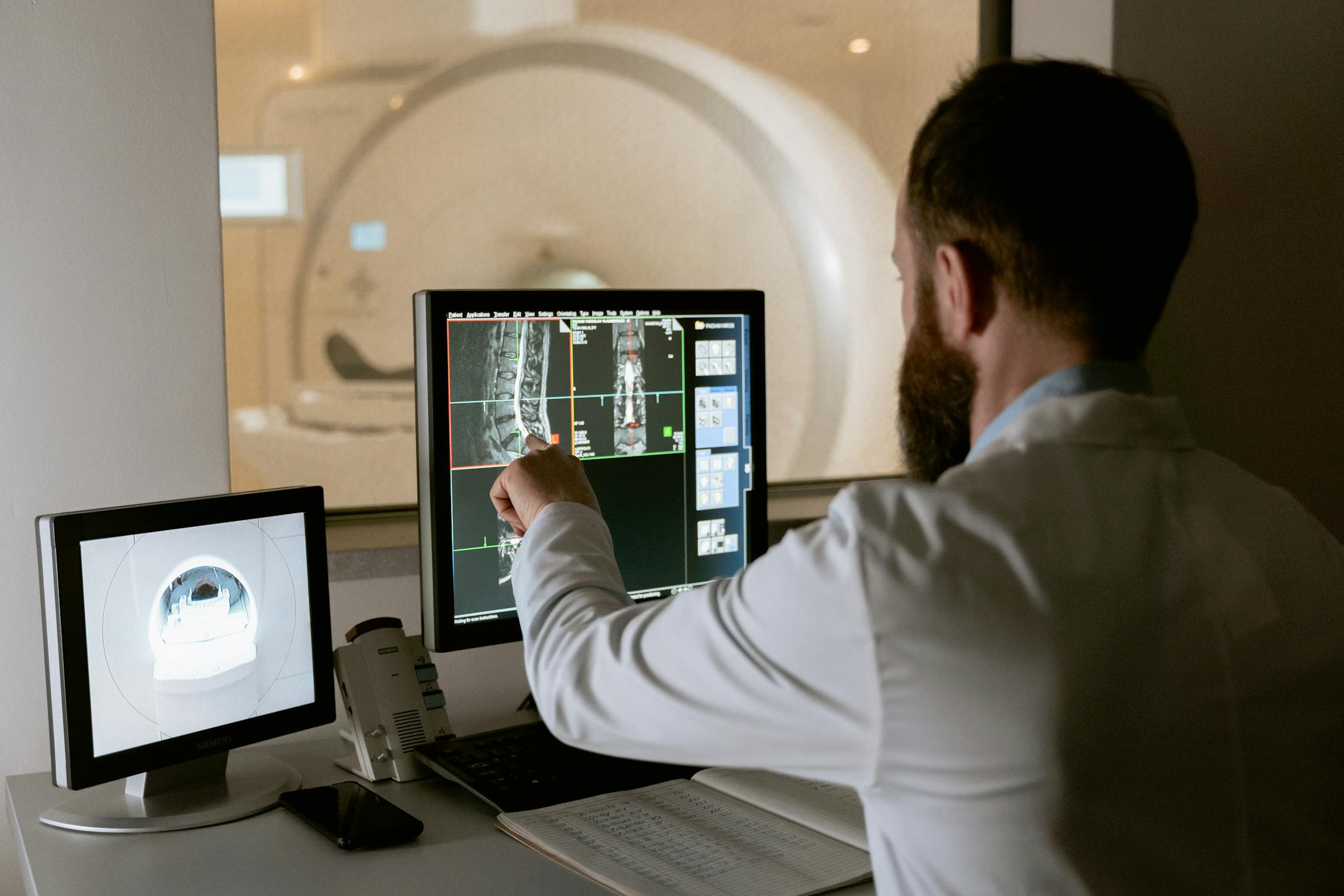|
Most elements in the world are “stable” and non-radioactive in the periodic table. However, some are unstable and have a process called radioactive decay, in which ionizing radiation emanates. In contrast to other types of radiation, ionizing radiation damages the human body since it changes our DNA. Long-term and ionized radiation over-exposure may make you ill, cause severe burns, cancer and have other harmful long-term side effects. Radioactive decay makes unstable elements stableOne definition of radioactive decay could be “energy output as ionizing radiation.” But what is this energy, and how is this energy “energized?” First, you’ve had to grasp the periodic table a little better. Most pictures in the periodic table are colour-coded according to how particular elements are grouped. One of these groups is the most basic:
The components may alternatively be divided into two categories:
As most of the 118 elements on the present periodic table are deemed “stable,” this also implies that the nuclei of these elements are strong enough to keep permanent together. However, 15 elements in nature are regarded to be unstable by themselves. Then there are additional unstable elements via other chemical reactions, adding 22 more to the mix. In all, the present periodic table lists 37 radioactive elements. The instability of the elements is produced by weak bonds in their nuclei, such that they continue to “decay” or lose their energy to reach a stable, closely bonded nucleus. In attempts to become stable, when an element emits ionizing radiation, it is called a radionuclide.
Protect Yourself from RadionuclideSuppose you work in a laboratory, a weapons factory or anyplace where stable elements are deliberately changed to become radioactive. In that case, your company should have a kind of radiation shielding strategy in place. Similarly, everyone who works in another version of their radioactive profession will be given the training and protective equipment necessary for their safety. However, some of us are susceptible to radioactive decay in our daily lives, which needs knowledge and proactive action to maintain our security. In the end, radiation illness is caused by exposure to high amounts of radiation, such as a nuclear meltdown or explosion of nuclear weapons. Or, it may occur over a long period through tiny doses of ionizing radiation. Read, know your exposure limits for radiation, to learn more. Slow, prolonged exposure is the most frequent method that radioactive decay affects most of us. For instance, radon is one of the fifteen previously stated radioactive elements present in Mother Nature. It is part of the earth’s crust, and your house may contain greater than usual radon toxicity which is a danger to your health depending upon where you reside. |


